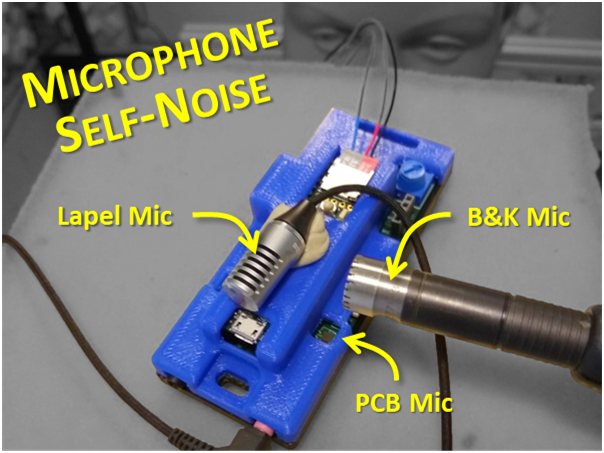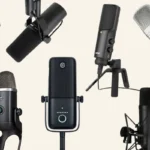Hello, fellow audio enthusiasts and curious minds! As a seasoned recording engineer and microphone aficionado, I’m excited to dive into the world of microphone self-noise with you. Understanding what microphone self-noise is and how it affects your recordings is essential for making informed decisions when selecting and using microphones in your projects. In this comprehensive guide, we’ll explore the concept of microphone self-noise, its importance, and how to interpret self-noise specifications to choose the best microphone for your needs.
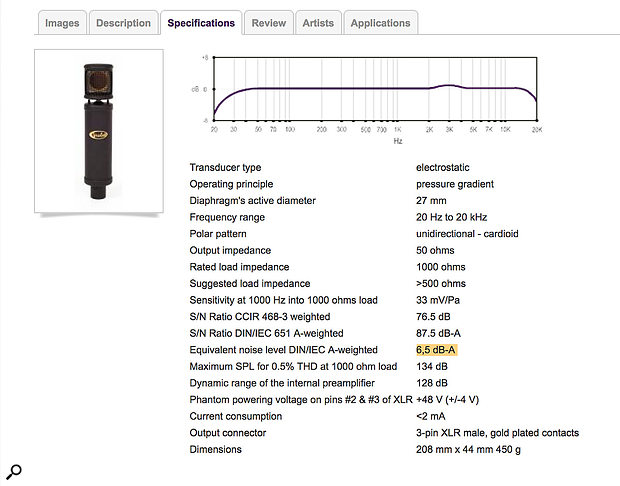
What is Microphone Self-Noise?
Microphone self-noise refers to the inherent electrical noise generated by the microphone itself, even in the absence of an external sound source. This noise is caused by the random movement of electrons within the microphone’s electronic components and is present in the output signal of all microphones to some degree.
Self-noise is typically a steady, broadband noise that can be heard as a faint hiss or rushing sound when the microphone is turned up in a quiet environment.
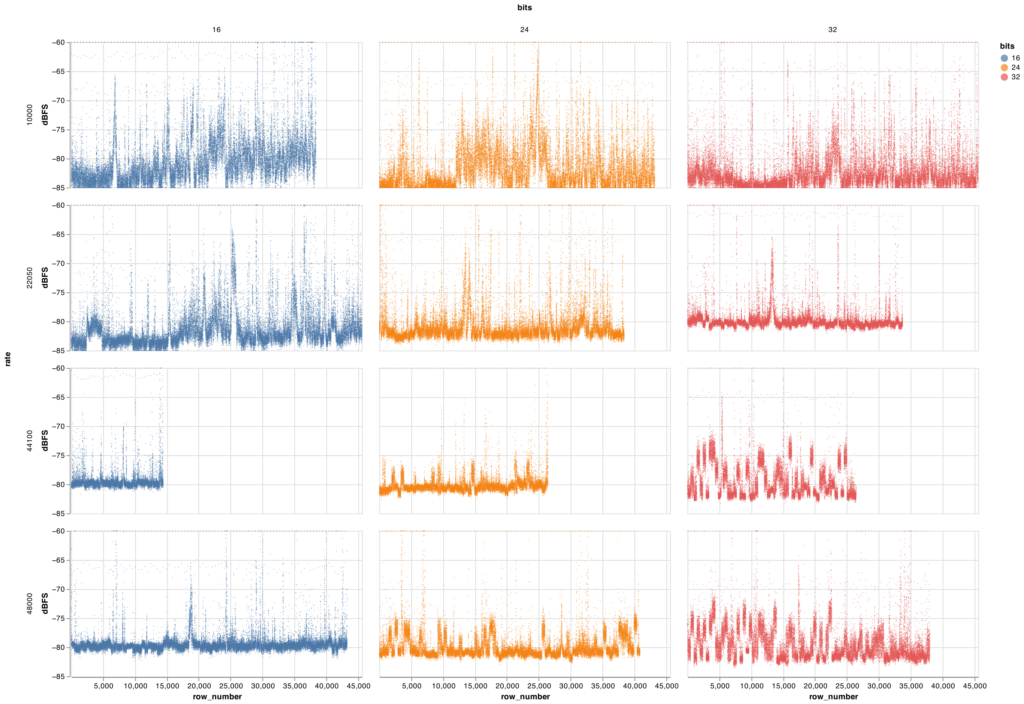
Why is Microphone Self-Noise Important?
Understanding microphone self-noise is crucial for several reasons:
- Signal-to-noise ratio (SNR): Self-noise can affect the signal-to-noise ratio of your recordings, particularly when recording quiet sources or in a low-noise environment. A microphone with high self-noise may introduce unwanted background hiss, reducing the clarity and quality of your recordings.
- Dynamic range: Self-noise can limit the dynamic range of your recordings by masking quiet sounds and details. A microphone with low self-noise will allow you to capture a wider range of dynamics, from delicate nuances to loud passages.
- Microphone selection: Knowing a microphone’s self-noise characteristics can help you choose the best mic for your specific application, ensuring that you achieve the cleanest, most transparent recordings possible.
High microphone signal-to-noise ratio enhances acoustic sampling of wildlife
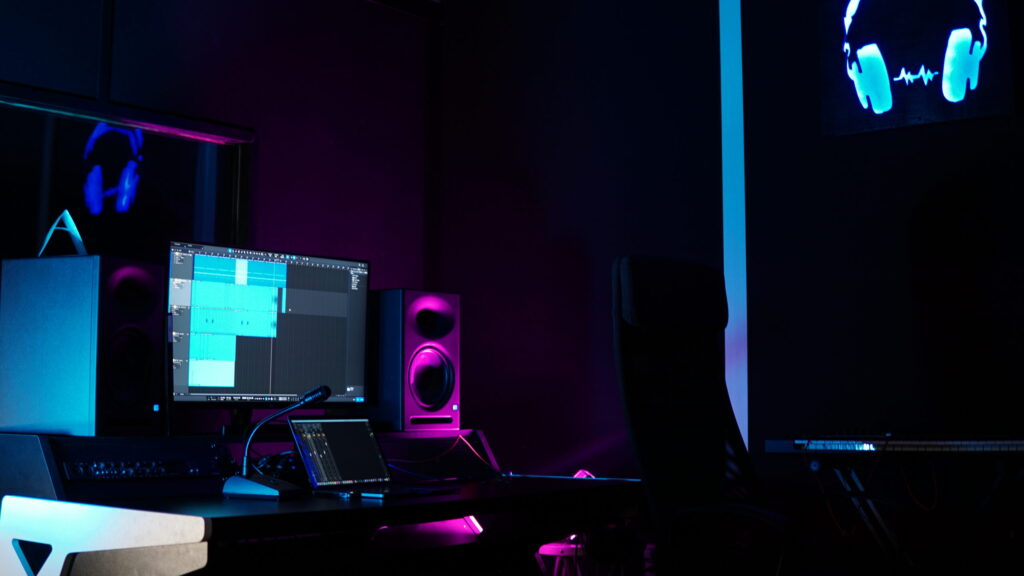
Interpreting Microphone Self-Noise Specifications
Microphone manufacturers typically provide self-noise specifications in their product documentation. Self-noise is usually expressed in one of two ways:
- Equivalent Noise Level (EIN): EIN is expressed in decibels (dB) and represents the microphone’s self-noise level relative to a reference level of 0 dB, which is typically defined as 20 micropascals (μPa) of sound pressure. A lower EIN value indicates lower self-noise and better performance.
- Signal-to-Noise Ratio (SNR): SNR is also expressed in decibels (dB) and represents the ratio between the microphone’s maximum output level and its self-noise level. A higher SNR value indicates lower self-noise and better performance.
When comparing microphone self-noise specifications, keep in mind that a 3 dB difference in self-noise represents a doubling or halving of the noise level.
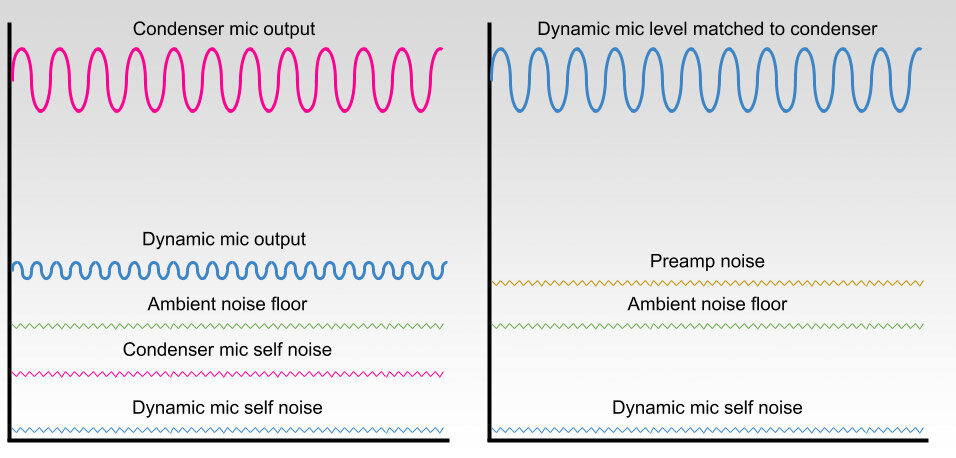
Factors Affecting Microphone Self-Noise
Several factors can influence a microphone’s self-noise:
- Transducer type: Different microphone transducer types (e.g., condenser, dynamic, ribbon) have varying self-noise levels due to their design and operating principles. Condenser microphones generally have higher self-noise than dynamic microphones.
- Electronics: The quality and design of a microphone’s internal electronics, such as the preamplifier and impedance converter, can significantly impact its self-noise performance.
- Sensitivity: Microphones with higher sensitivity often have higher self-noise levels, as they amplify both the desired signal and the inherent electronic noise.
- Power supply: The quality and type of power supply (e.g., phantom power, battery) can affect a microphone’s self-noise performance, with cleaner power sources generally resulting in lower self-noise.
How to Choose the Best Microphone PolarThe Understanding of Microphone Self-Noise Pattern
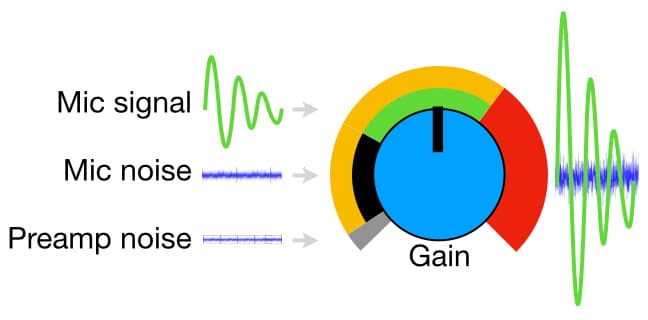
Choosing a Microphone Based on Self-Noise
When selecting a microphone based on its self-noise characteristics, consider the following factors:
- Recording environment: If you frequently record in quiet environments or capture delicate, low-level sounds, a microphone with low self-noise will be essential for achieving clean, transparent recordings.
- Source volume: For loud sources like guitar amplifiers or drums, self-noise may be less of a concern, as the signal will typically be much stronger than the microphone’s inherent noise. In these cases, other factors like sensitivity and maximum SPL handling may be more important.
- Post-processing: If you plan to apply significant gain or dynamic processing to your recordings in post-production, a microphone with low self-noise will give you more headroom and flexibility without introducing unwanted noise.
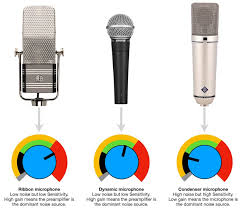
Conclusion: Understanding Microphone Self-Noise
Understanding microphone self-noise is a crucial skill for any recording engineer or audio enthusiast. By knowing what self-noise is, how it affects your recordings, and how to interpret self-noise specifications, you can make informed decisions when selecting and using microphones in your projects.
Remember that while self-noise is an important factor, it’s not the only consideration when choosing a microphone. Other factors like frequency response, polar pattern, and sensitivity also play a role in shaping the sound of your recordings.
What is a Figure-8 Microphone?
As with any aspect of audio recording, the key is to experiment, listen critically, and trust your ears. Don’t be afraid to try different microphones and techniques to find the perfect combination that brings your creative vision to life.
Understanding How Microphone Frequencies Work
Happy recording, and may your newfound knowledge of microphone self-noise help you capture stunning, immersive audio experiences!
